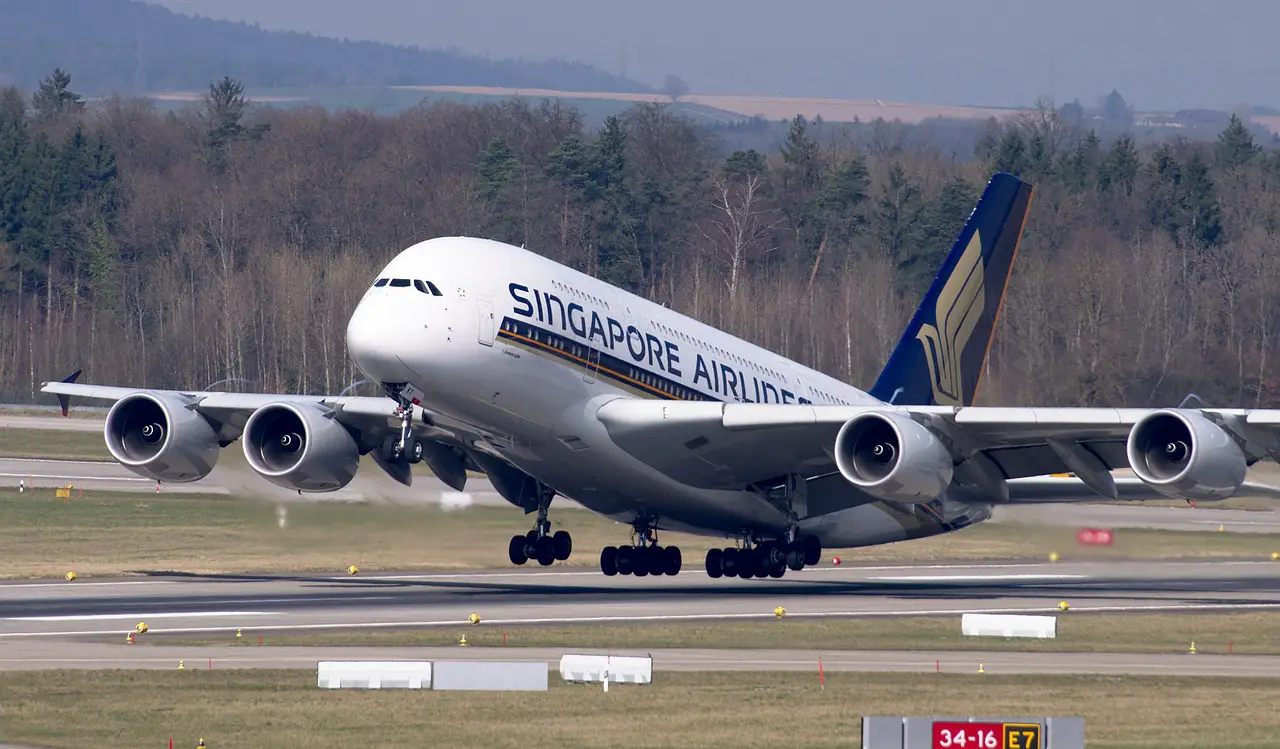The Recovery of Singapore Airlines Is Slow but Steady
The airlines weren’t so long ago that they would usually throw capacity at a market or cut prices whenever they saw a potential opportunity. Our analysis of Singapore Airlines Group and other airlines each month shows a new pattern, putting load factors ahead of capacity, and taking a more cautious growth approach since COVID.
Real recovery continues to be slow
A passenger load factor (PLF) of 89.7% was recorded by Singapore Airlines Group in December, more than four times the number of passengers it carried in December 2021. Singapore Airlines and Scoot carried 2.689 million passengers in December. However, in December 2019, the group carried 3.543 million passengers at a PLF of 87.6%, which means passenger numbers last month have only recovered to 76% of pre-COVID levels.
On the capacity front (as measured by M seat-km), the group operated at 12,631.6 in December 2022, compared to 15,716.9 in December 2019. The Singapore Airlines Group released its monthly results a few hours ago and said it reached 80% of its pre-COVID-19 capacity in December 2022, a 6.9% increase from November. According to the announcement, the group “carried 20.7 million passengers in 2022, a ninefold increase from 2021.”
Airlines and airports continue to mix and match their reports based on different years, depending on the aspect they are measuring. Is it relevant to measure a 351% increase in passengers between December 2021 and December 2022 or a ninefold increase between 2021 and 2022?
It’s time to simply make comparisons back to 2019 and paint a clear picture of how close the airline is to complete recovery from the pandemic now that travel and border restrictions are essentially a thing of the past. It’s not a criticism of Singapore Airlines specifically, but how long can we compare things like mishandled bags, flight cancellations, and poor on-time performance to the dark days of COVID?
Can you explain why capacity is so limited?
Airfares are reaching levels that make flying too expensive for many, yeti airlines are holding back capacity to keep their load factors at an all-time high. A competition regulator in Australia warned airlines, including Qantas, not to unreasonably hold back capacity to raise airfares.
Of their combined fleet of 213, Singapore Airlines (SIA) and Scoot operate 177 aircraft, based on fleet data from ch-aviation.com. SIA has 25 inactive aircraft, while Scoot has 11. At the same time that the SIA group posted a record load factor of 89.7%, the airline’s highest monthly PLF ever. SIA has 15 Boeing 777ERs, two Airbus A350s and two A380s on the ground, while Scoot has two 787-8s inactive.
With the resumption of travel in North East Asia, now also taking hold in China, both SIA and Scoot’s load factors in that region are nearly identical to those in 2019. Overall, SIA recorded a PLF of 89.1% and Scoot of 91.6% in December 2022, compared to 87.5% and 88.7%, respectively, in December 2019.
By 2023, airlines will break ranks, put more capacity on the market, and push fares down to fill those seats. Even at this point in society’s COVID recovery, we still lag behind the numbers of passengers and capacity that existed before the pandemic. SIA and many others will move glacially towards full recovery if we continue at this pace, when perhaps it’s time to take a bolder approach, such as removing a band-aid, instead.
















 vince salvador
vince salvador March 16th, 2023
March 16th, 2023 0 Comments
0 Comments



Leave a reply